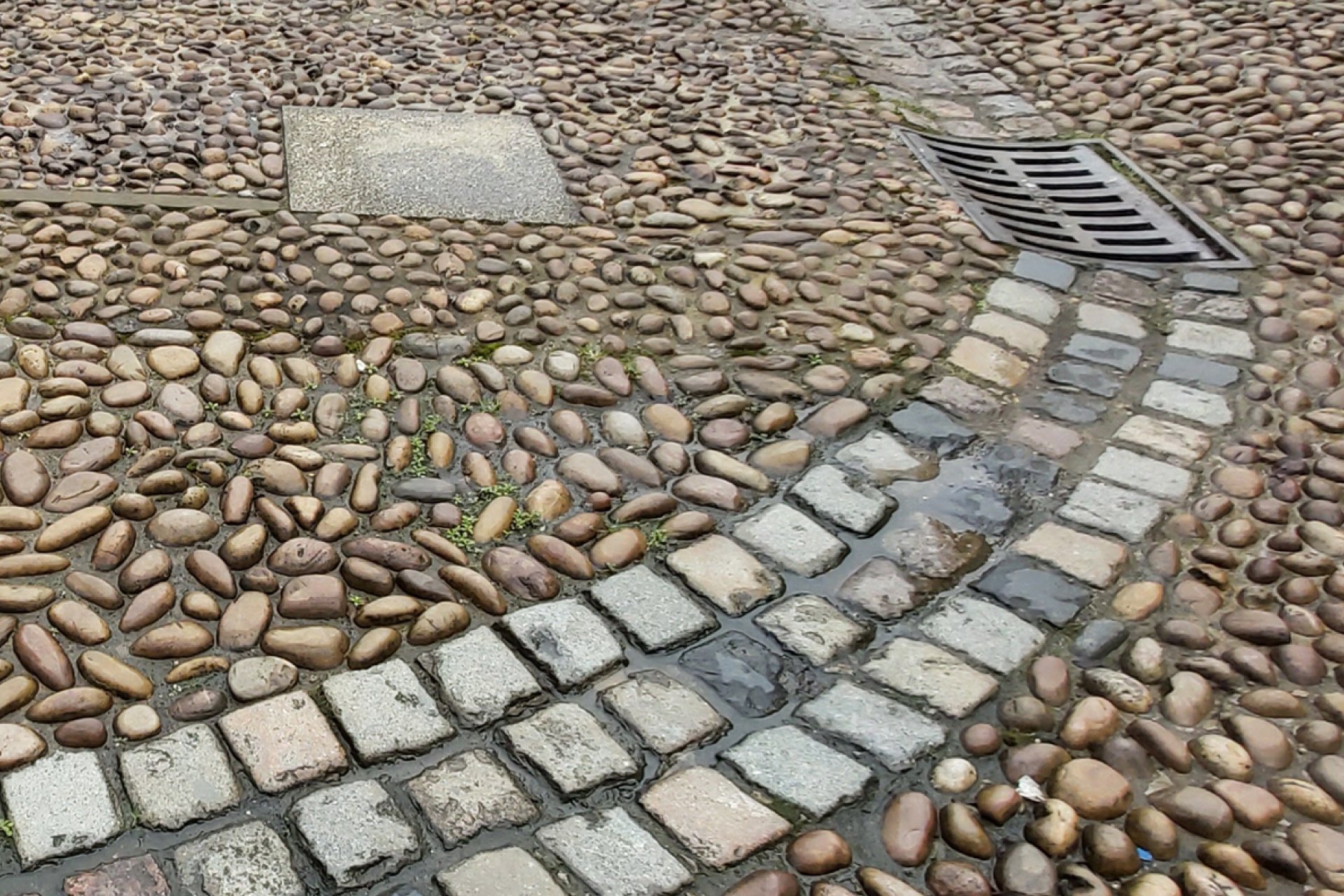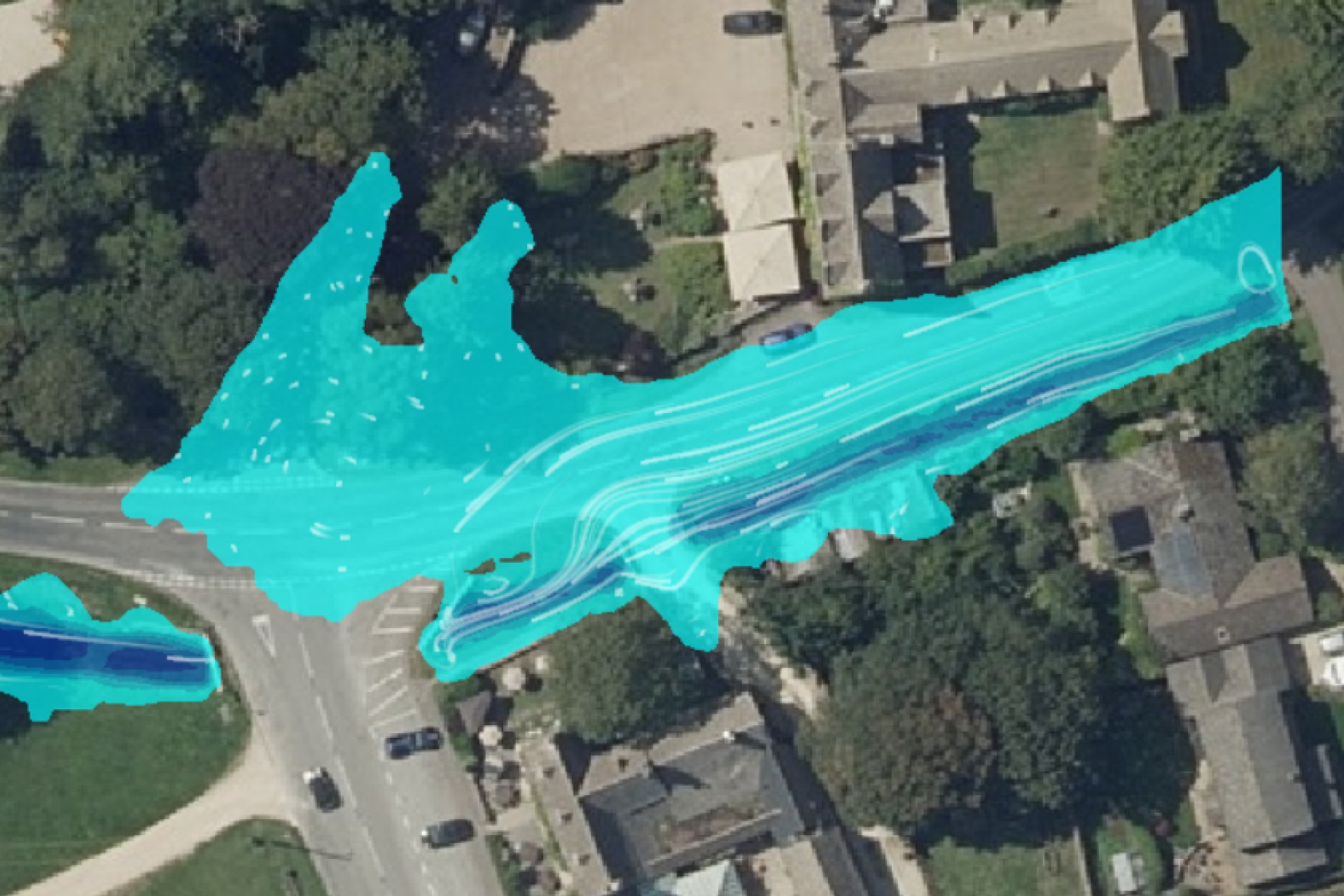Frequently Asked Questions
What are the benefits of Urban Ecosystems?
Urban ecosystems, including street trees, parks, green roofs, and walls, provide several benefits for the local climate, such as cooling the air and controlling air pollution. They also help to reduce noise levels. In addition to these environmental benefits, urban ecosystems can positively affect citizens' mental and physical health by reducing stress and promoting relaxation.
The installation of green and blue spaces provides the opportunity to experience nature and enhance public ecological knowledge and awareness of nature conservation.
What examples are on Nature-based solution to control climate change?
NBS for flood mitigation:
- Ecological restoration (floodplains and streams)
- Creation of habitat (shift to semi natural areas)
- Room for rivers, build back dikes
- Rain water harvesting and reuse combined with establishing sustainable urban drainage systems (SUDS) Flood retention measures within cities (ponds. rivers, green roofs and rainwater retention) Flood retention areas in rural hinterlands
- NBS for temperature reduction and air purification.
- Temperature reduction by evaporation and shadow of trees (see Bowler et al. 2010: Breuste et al. 2013)
- Filtration of particular matter
- Regenerating and renaturing grey infrastructure/ brownfield sites, former industrial areas Green corridors
- Green roofs and walls
- Energy-efficient cooling through plants and blue spaces reducing energy demand
Co-benefits of NBS to climate change in urban areas:
- Empowerment of people
- Community gardens and urban farming
- Reconnecting people to nature
- Cultural benefits. inspiration, satisfaction
- Improvement of human physical and mental health
- Space for social life
- Increasing the city's attractiveness (benefiting also business and tourism)
- Connectivity of habitats
Nature-based solutions
- Reduced crime/ vandalism
- Habitats for bees and other animals
- Increase in property values (can be seen as positive or negative)
- Buffering urban sprawl (establishing a green belt)
- Increase biodiversity, soil protection, recreation
- Attractiveness of the area (recreate)
- Comfort to take the bike
What are the challenges in implementing nature-based solutions?
The challenges relate to social inclusiveness. For instance, all population groups should benefit, not only those having a higher social status. Also, the accessibility to urban green spaces should be considered during design. Finally, the displacement of people should be avoided.
Another challenge is the period of nature-based solutions projects—ideally, long-term projects funding projects that allow for monitoring the impact on human-environment relations.
What are the barriers when implementing nature-based solutions?
Barrier 1- The fear of the unknown by several stakeholders, including policy, practice, and residents. It relates to uncertainties and risks of implementing nature-based solutions and the resulting changes this may bring in planning.
Barrier 2- Includes the disconnection between long-term and short-term benefits. Changes in administration, for example, often need a long-term process which also involves costs.
Barrier 3-Lack of awareness regarding climate change-induced problems and the benefits Nature-based solutions provide to city residents.
Barrier 4- Existing administrative infrastructure where work is carried out in silos.
Barrier 5- Cities often prioritize economic growth and demographic expansion, leading to a focus on growth-oriented strategies and goals. While significant attention is given to generating jobs and attracting investments, less attention is given to developing urban green spaces and their benefits, such as natural and built systems (NBS). More resources and attention should be directed towards urban green areas and their benefits to address this imbalance.
What are the opportunities to implement nature-based solutions?
Opportunity 1 - Bring knowledge of Nature-based solutions together. For instance, policymakers, policy advisors, urban citizens, researchers, and urban planners sharing lessons learned are essential for effectively employing nature-based solutions in urban planning.
Opportunity 2 - Create governance models in which policy officers collaborate with citizens, businesses, civil society, and NGOs. The partnering of different actors may reduce barriers or constraints to adopting nature-based solutions and their implementation in cities (Frantzeskaki & Tilie 2014).
What is the role of Nature-based solutions in the city environment?
- Increased air temperature due to climate change can lead to increased heat-related illness and mortality. There is also evidence for disproportionate heat-related health burdens associated with the unequal distribution of green space in urban areas.
- Accessibility to or living close to an urban green space was found to have several additional positive health effects, such as perceived general health and morbidity from diseases or stress.
-Urban green spaces also provide ecosystem services, which decrease next to reducing the urban heat island other risk factors and mortality in vulnerable groups, for example, reducing noise and air pollution.
- Access to green spaces is essential for children and their cognitive development, offering places to play and be physically active while fostering a genuine connectedness to the natural environment
- Urban green spaces such as parks increase house and rent prices and can potentially lead to the displacement of those residents. The green space was beneficial. Such effects are called “green paradox” or “eco gentrification.”




